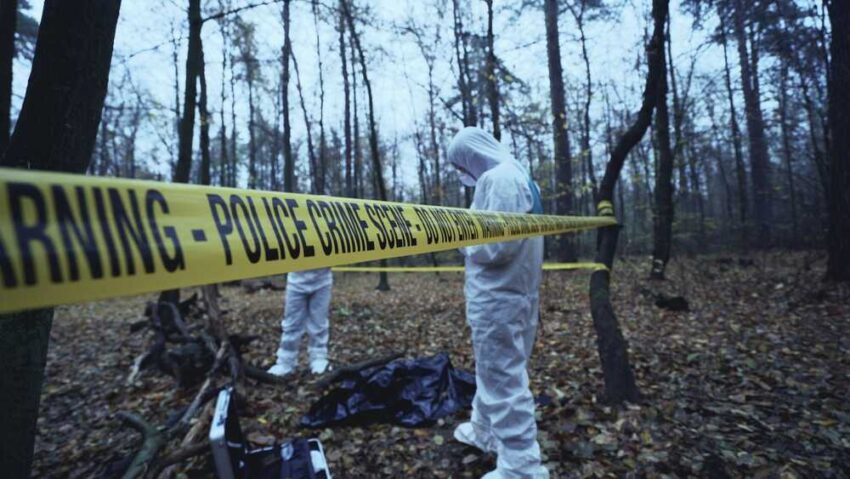(LibertySociety.com) – When a California mother and her 8-month-old daughter vanished without a trace, their month-long disappearance would end in the most heartbreaking way possible, exposing the brutal reality of what happens when missing persons cases stretch beyond the critical first weeks.
Story Snapshot
- California mother and infant found dead after being missing for over a month
- Case highlights the grim statistics that long-term missing persons cases rarely end well
- Over 600,000 missing person reports are filed annually in the United States
- Cases unresolved after 30 days face dramatically reduced chances of positive outcomes
The Vanishing That Gripped California
The Sacramento area became the epicenter of a desperate search when a young mother and her baby daughter disappeared, leaving behind only questions and a family’s worst fears. What started as a routine missing persons report transformed into a community-wide effort involving law enforcement, volunteers, and media attention that stretched across weeks of agonizing uncertainty.
Family members launched public pleas through social media and news outlets, hoping someone, somewhere, had seen the missing pair. The case followed a pattern familiar to investigators but devastating to families: initial intensive searches, widespread media coverage, and then the gradual transition from active investigation to cold case status as days turned into weeks.
When Hope Becomes Heartbreak
The discovery of their bodies marked the tragic conclusion to a search that had consumed the attention of law enforcement and the local community. According to family statements reported by multiple news outlets, both the mother and infant were found deceased, though specific details about the circumstances surrounding their deaths have not been fully disclosed to the public.
This outcome reflects a sobering reality in missing persons investigations. While the majority of missing person cases are resolved within the first 48 to 72 hours, those that extend beyond a month face increasingly dire odds. The National Missing and Unidentified Persons System shows that long-term cases often involve foul play, accidents in remote areas, or other tragic circumstances.
The Critical Window That Determines Everything
Law enforcement experts emphasize that the first 24 to 48 hours represent the most crucial period in any missing persons case. During this window, evidence remains fresh, witness memories are sharp, and the likelihood of locating individuals alive remains highest. The Arkansas Department of Public Safety notes that immediate reporting and comprehensive data collection are essential for successful outcomes.
Once a case extends beyond the initial critical period, investigators face mounting challenges. Physical evidence deteriorates, witness accounts become less reliable, and search areas expand exponentially. The Cold Case Advisory team, which provides multidisciplinary reviews for long-term cases, often inherits investigations where traditional methods have been exhausted and specialized forensic expertise becomes necessary.
A System Struggling With Volume and Complexity
The tragic California case represents just one of hundreds of thousands of missing persons reports filed annually across the United States. The National Crime Information Center has maintained records since 1975, documenting a persistent crisis that affects families regardless of geography, socioeconomic status, or demographic factors. Current data shows thousands of unresolved cases dating back decades, with some individuals like Daniel Barter missing since 1959.
Private investigators and advocacy groups increasingly supplement official law enforcement efforts, recognizing that resource limitations often force agencies to prioritize newer cases over long-term investigations. This dual-track approach has shown promise in resolving cold cases, though it also highlights systemic gaps in the official response to extended disappearances.
Copyright 2025, LibertySociety.com .
Click this link for the original source of this article.
Author: Editor
This content is courtesy of, and owned and copyrighted by, https://libertysociety.com and its author. This content is made available by use of the public RSS feed offered by the host site and is used for educational purposes only. If you are the author or represent the host site and would like this content removed now and in the future, please contact USSANews.com using the email address in the Contact page found in the website menu.








